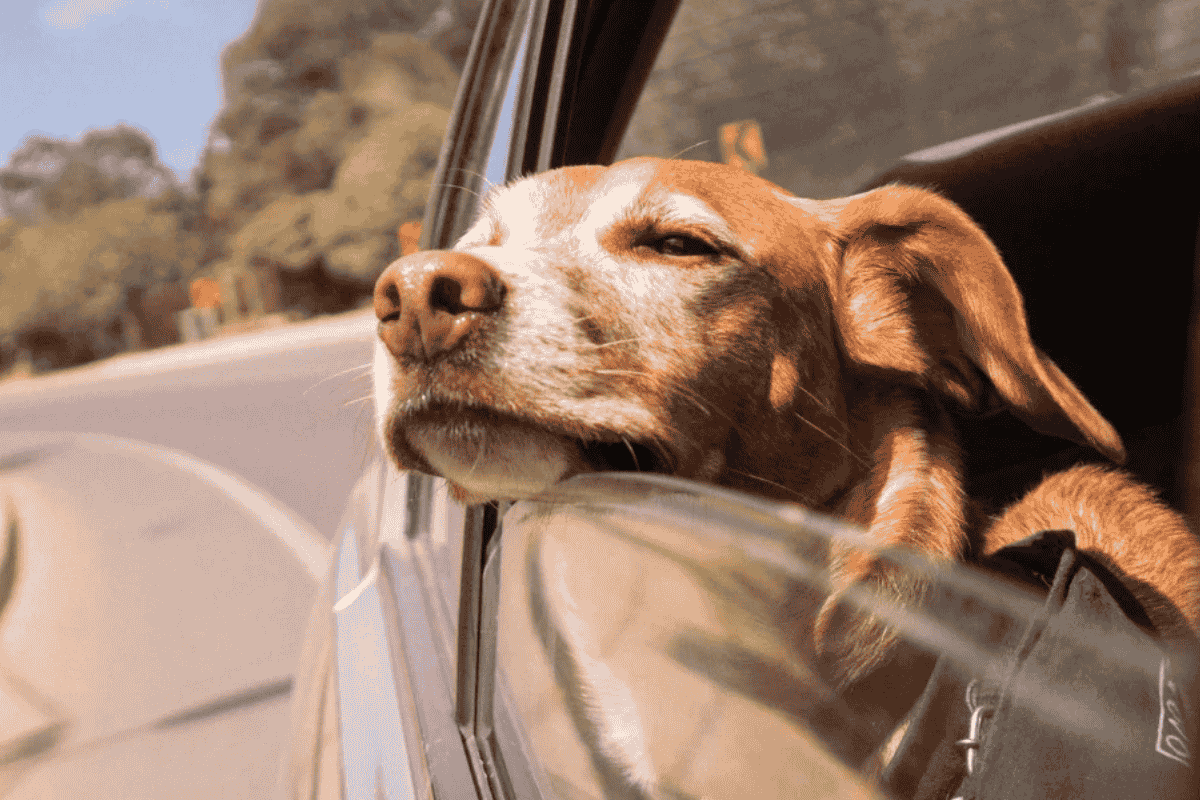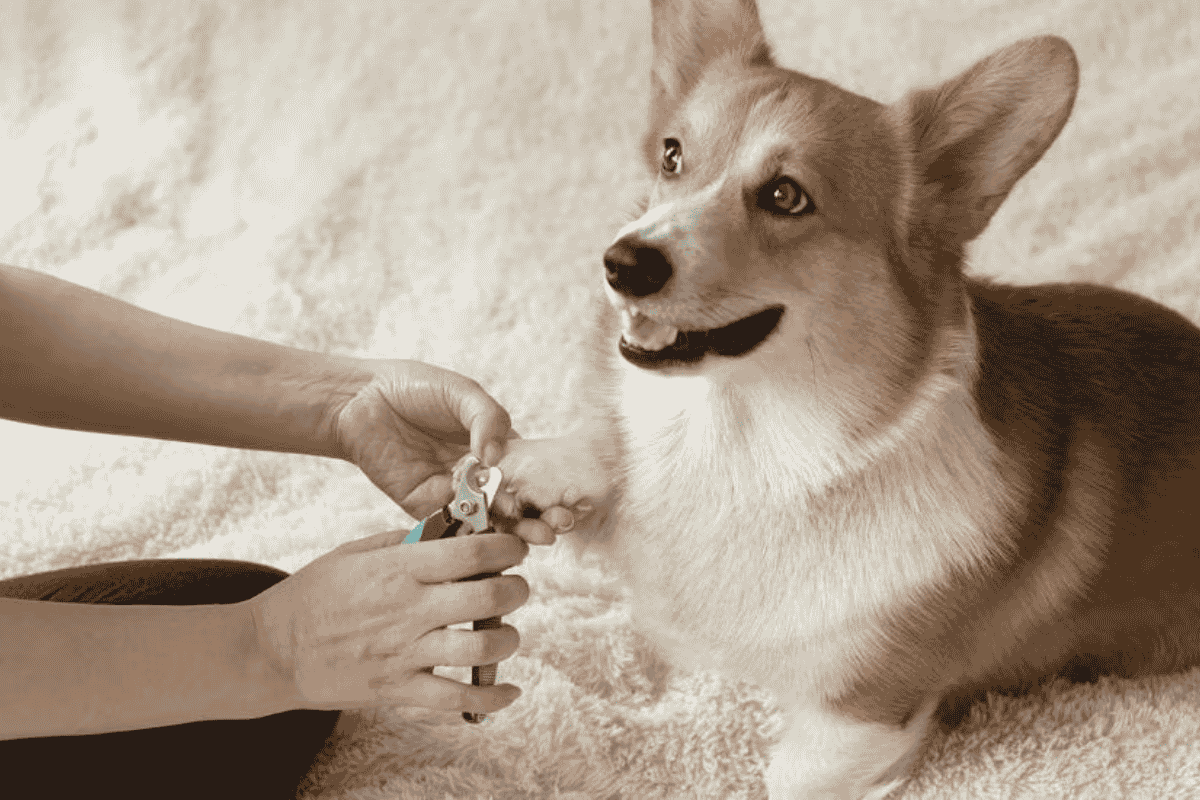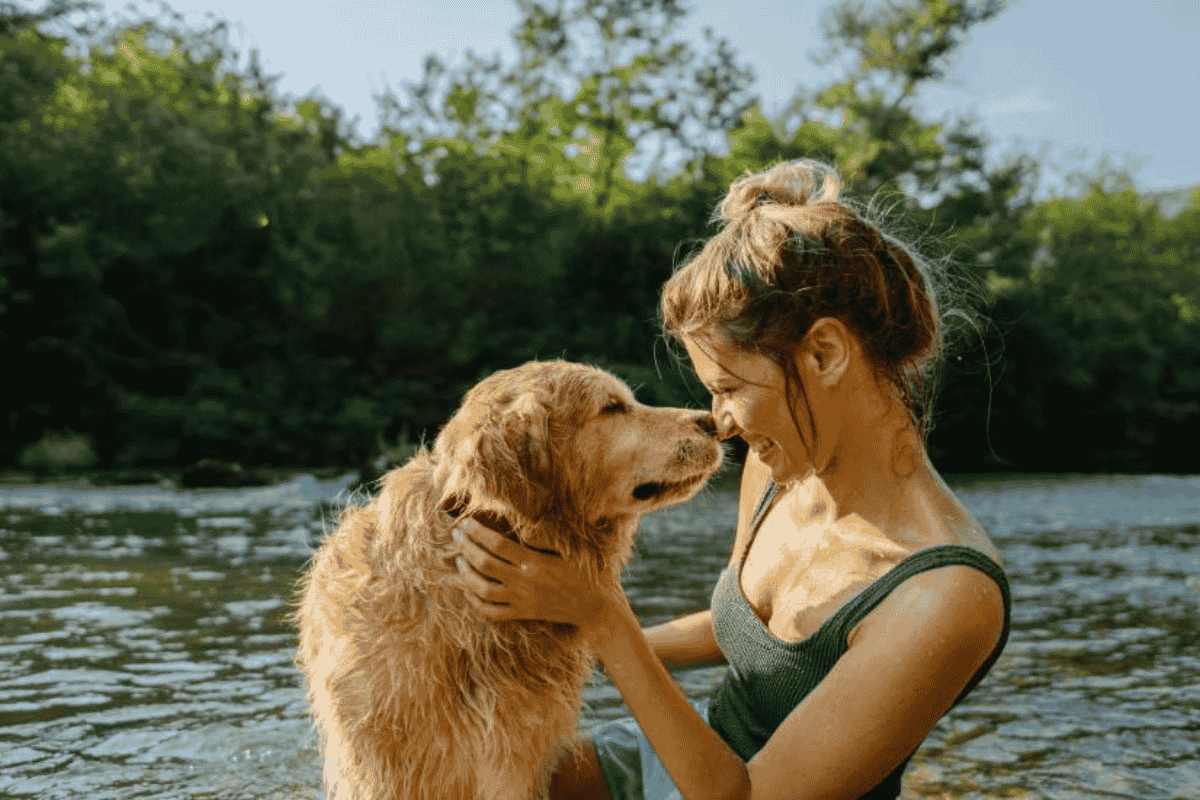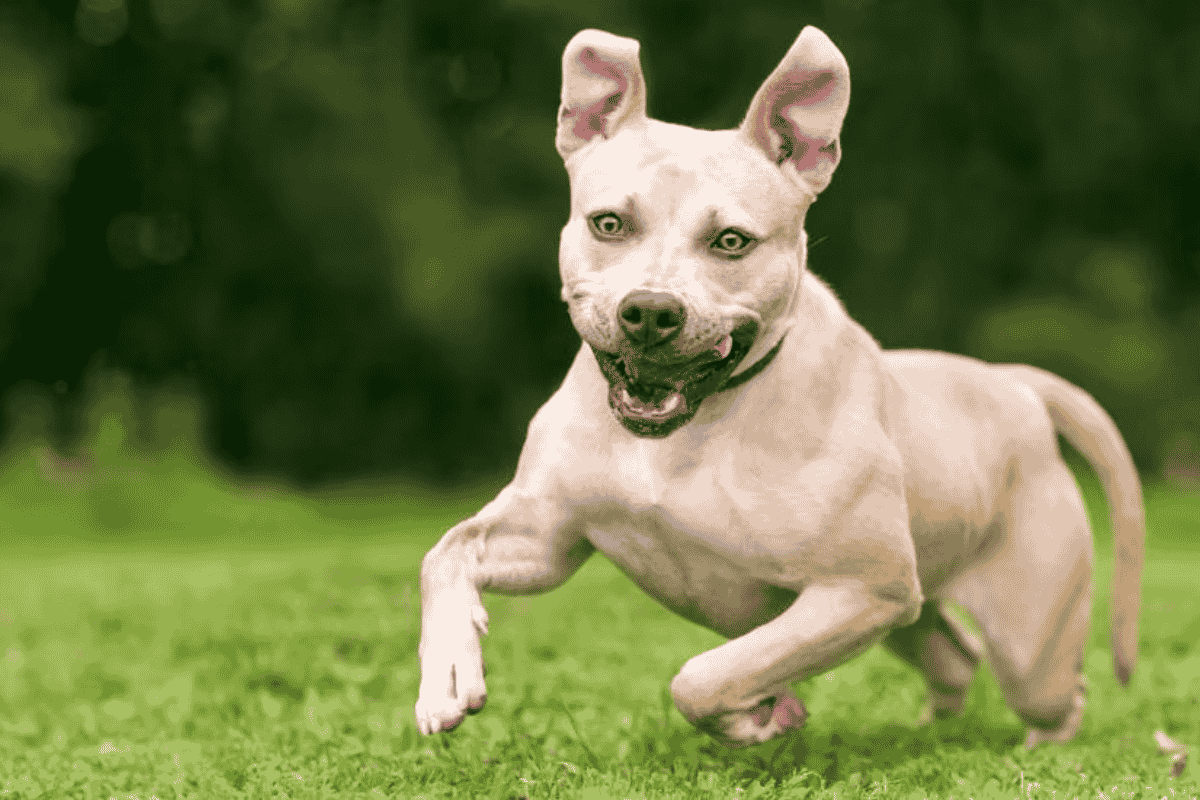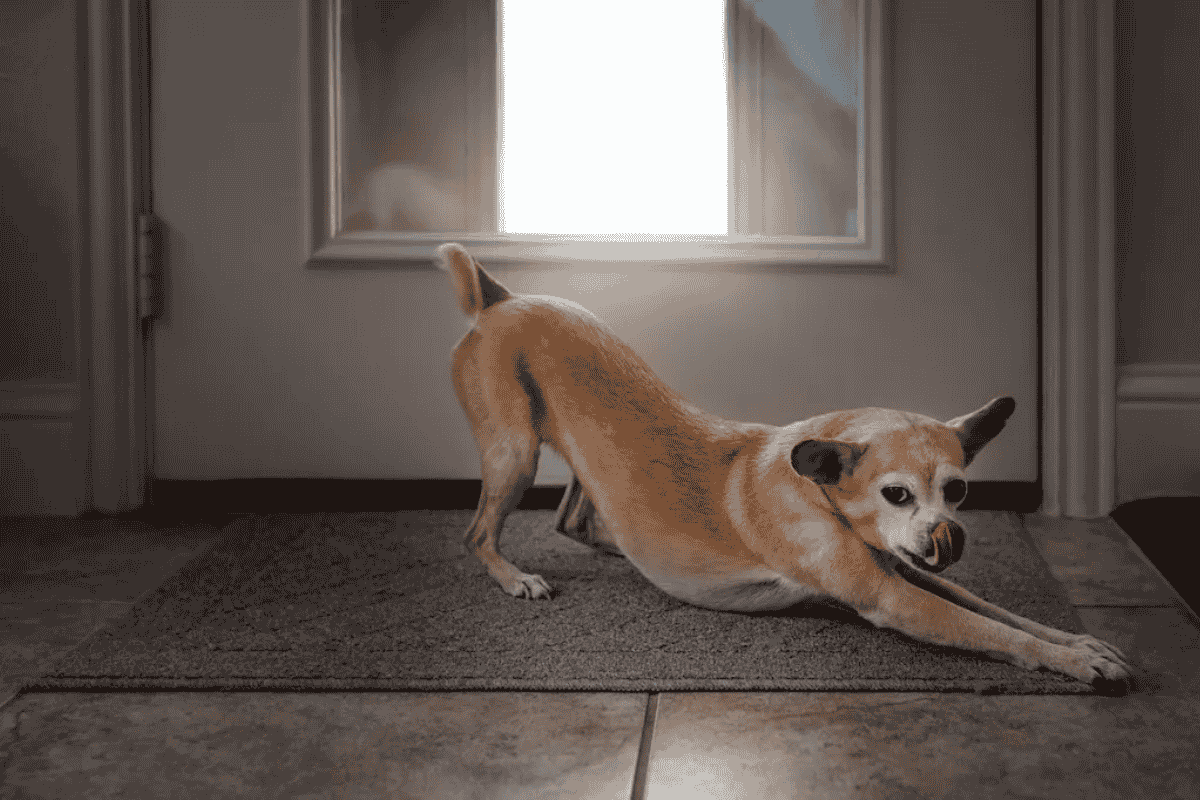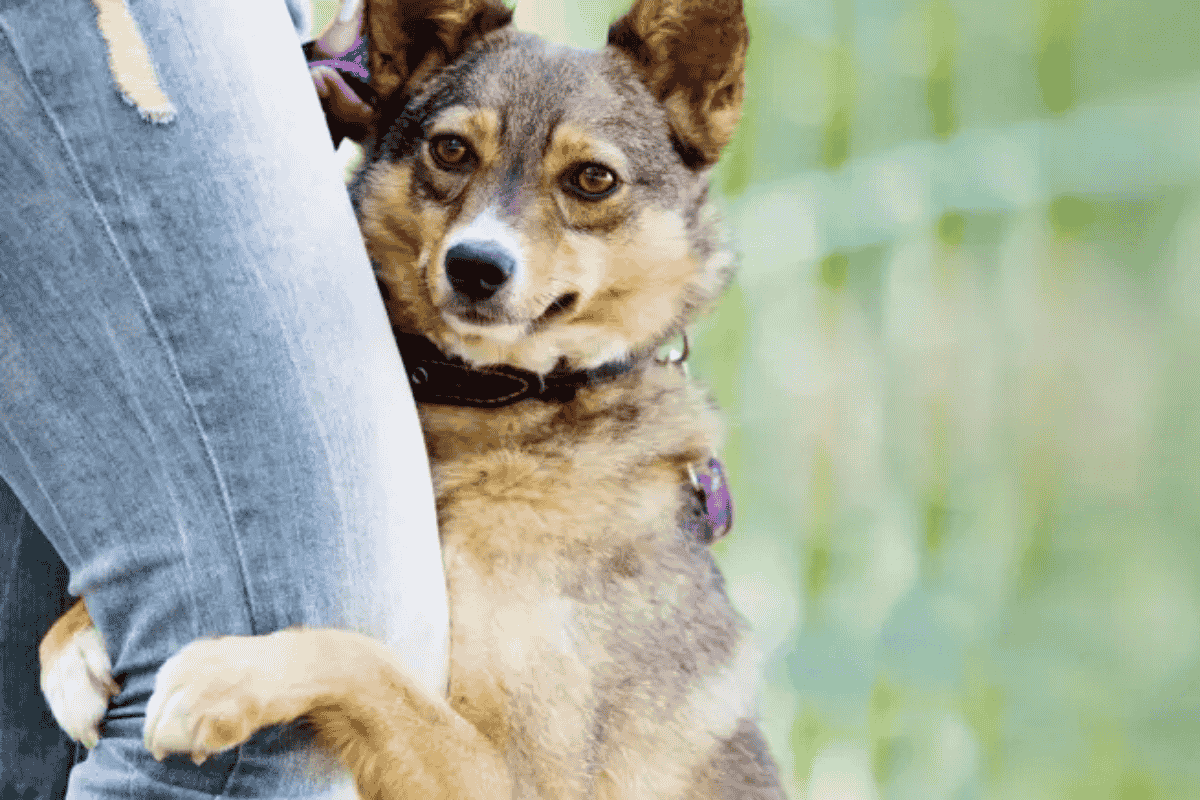Does your dog panic at the sight of the car or tremble during car rides? Car travel anxiety is common in dogs, but with patience and training, you can help your pup build positive associations with riding in the car.
Why Dogs Develop Car Anxiety
Several factors can cause dogs to fear car rides:
- Motion sickness: Feeling nauseated can create a negative association with the car.
- Negative experiences: If car rides mainly lead to the vet, groomer, or other stressful places, dogs may link the car with unpleasant outcomes.
- Fearful events: A sudden noise or unsettling experience while in the car may leave lasting anxiety.
Understanding the root cause helps you choose the best approach to help your dog feel more comfortable.
Step-by-Step Training to Ease Car Fear
The goal is to gradually replace your dog’s fear with positive experiences. Work in short, calm sessions, rewarding your dog at every step.
Step 1: Reward Interest in the Car
With your dog on leash, reward them anytime they look at or approach the car. Toss high-value treats closer to the car over time.
Step 2: Encourage Entering the Car
Place treats or a toy just inside the car’s threshold. Use a gentle, upbeat tone to encourage your dog to climb in.
Step 3: Sit Inside Together
If hesitant, gently help your dog into the car. Secure them with a seatbelt or restraint, sit beside them, praise, and reward. Then, release them with a cue like “OK” and take a walk.
Step 4: Feed a Meal in the Car
Have your dog eat an entire meal while sitting in the car with you nearby. This builds comfort and trust.
Step 5: Add Engine Sounds
Feed your dog in the car while the engine is running, but without driving. If they refuse food, try a higher-value option the next day.
Step 6: Practice Until Relaxed
Repeat feeding sessions with the engine on daily until your dog is calm, climbs in willingly, and eats without stress.
Step 7: Take Short Drives
Once relaxed, start with very short trips (around five minutes). Praise and reward during the ride. Upon returning, serve a meal or offer playtime to reinforce positivity.
Maintaining Stress-Free Car Trips
- Practice daily: Gradually extend the duration of rides.
- Adjust if needed: If anxiety reappears (drooling, panting, trembling), shorten trips or try smoother routes.
- Keep rewards handy: Use treats or toys even after progress has been made.
- Mix destinations: Avoid only driving to the vet or groomer—include fun outings to parks or playdates.
When to Seek Extra Help
If your dog continues to show severe anxiety or experiences motion sickness, consult your veterinarian. They may suggest anti-anxiety medications, anti-nausea treatment, or additional training support.
By creating consistent, positive experiences, you can help your dog feel calmer, safer, and even enjoy car rides.
